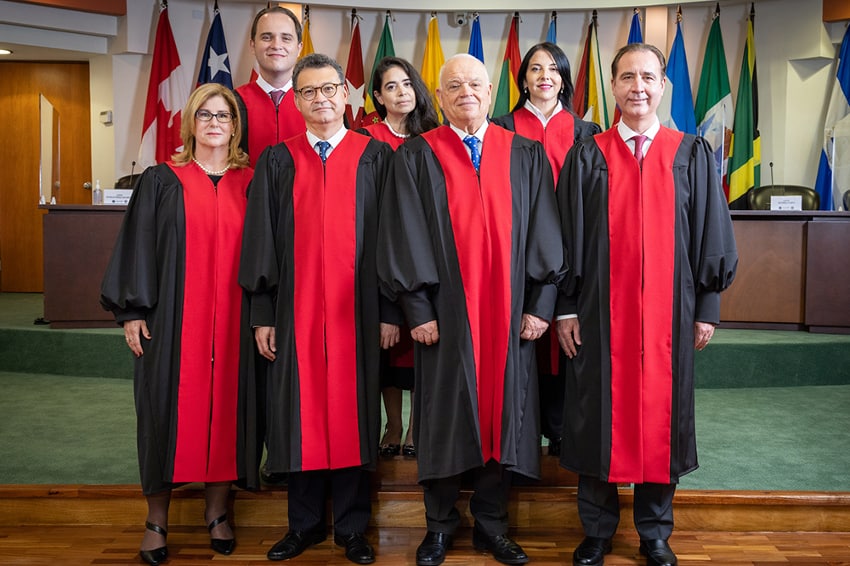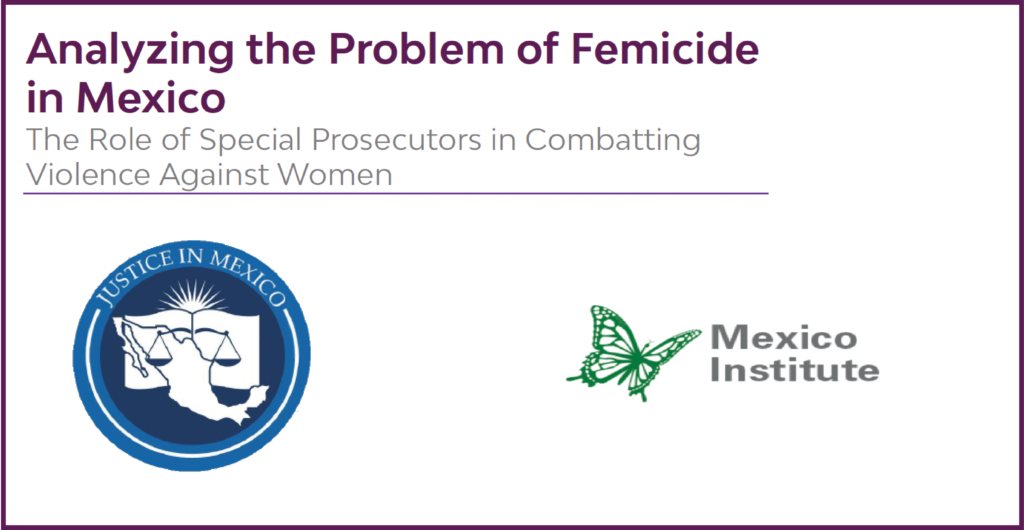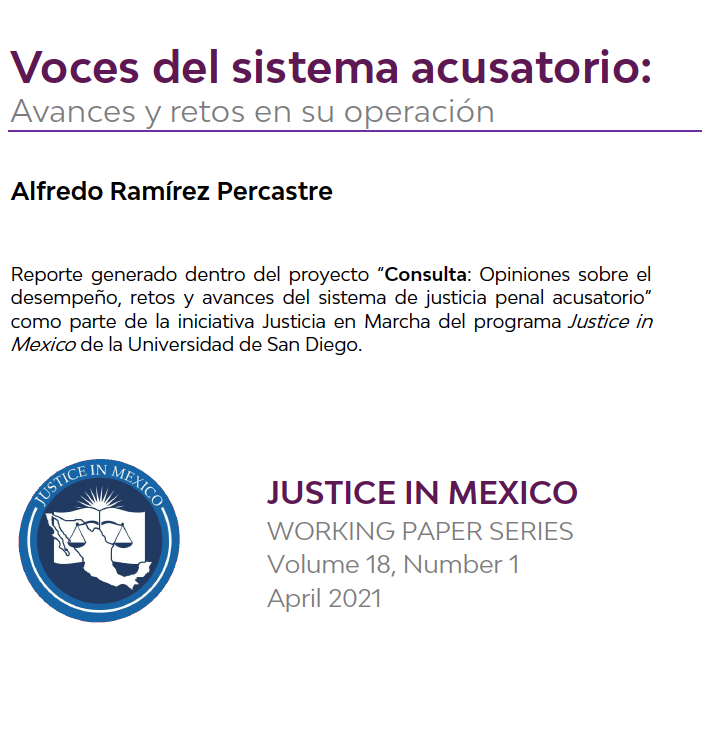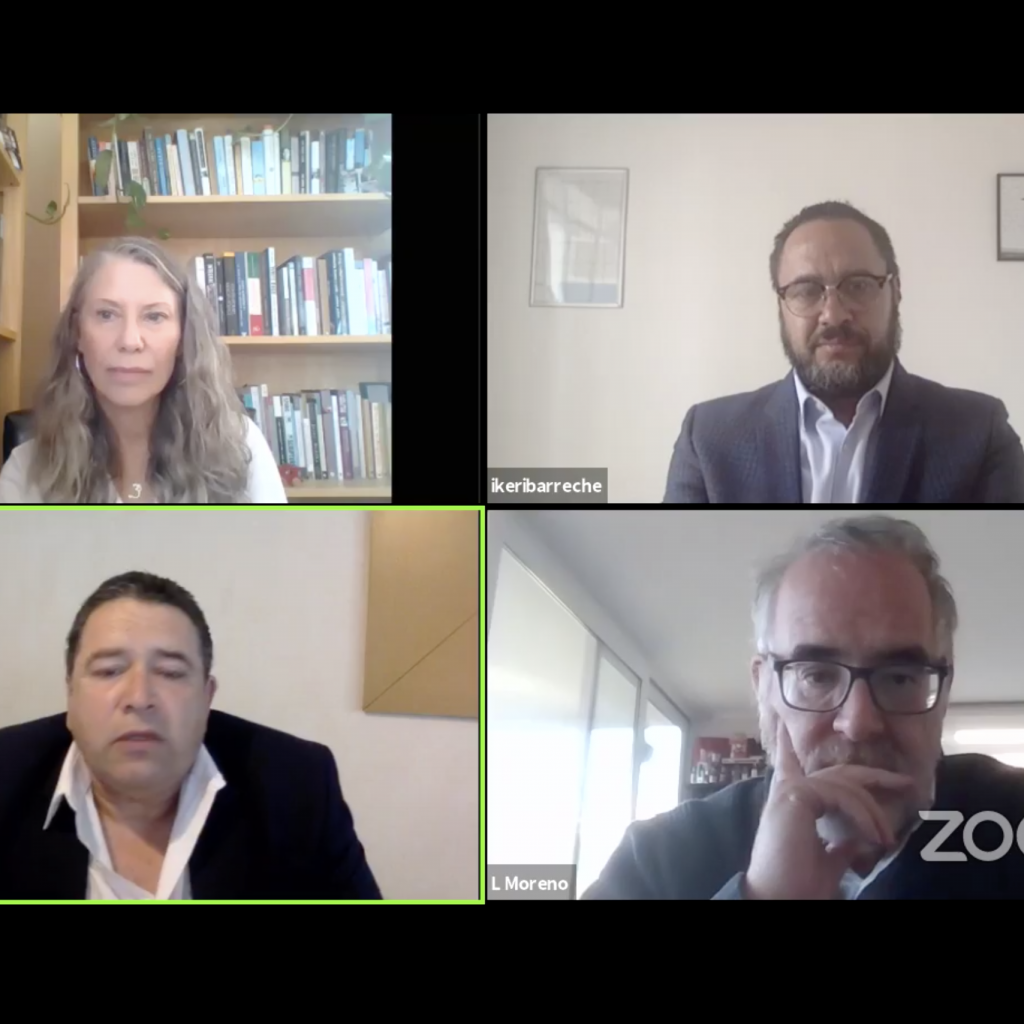
07/01/14 — After the release of new data on youth involvement in criminal activity, both as victims and perpetrators, Leslie Solís of México Evalúa asserts that the treatment of minors in the Mexican criminal justice system needs to be addressed. In a recent article published in Animal Político, Solís discusses the strengths and weaknesses of the current system to prevent and react to crimes involving minors, and offers recommendations on how to improve the current processes.
On the one hand, Solís acknowledges the steps the federal government has taken to address offending minors. Perhaps most notable was the 2005 constitutional reform that created a “Comprehensive System of Justice for Adolescents” (“sistema integral de justicia para adolescentes”), which, notes Solís, is built upon the principles established in the Convention on Children’s Rights (Convención sobre los Derechos del Niño) ratified by Mexico in 1990. The constitutional reform prioritizes social reintegration for youths upon their release, focusing on the comprehensive development of the person as a whole and in relation to their community to decrease the probability of recidivism.
Although there are mechanisms in place to reintegrate minors back into their community—for example, through programs that include educational, artistic, and physical activities—Solís suggests that they may not be as effective as desired. According to the Center for Research and Teaching in Economics (Centro de Investigación y Docencia Económicas, CIDE), 46.4% of newly admitted inmates polled in 2009 in prisons in the Federal District (Distrito Federal, DF) and the State of México (Estado de México, Edomex) had previously been held in a juvenile detention center. In other words, almost half of those in prison were re-offenders who had committed a crime as an adult after being released into their community’s care when they had previously committed a crime as an adolescent.
According to the National Institute of Statistics and Geography (Instituto Nacional de Estadística y Geografía, INEGI), in 2012 almost half (46.9%) of the 10,583 minors charged with a crime that year were placed in juvenile detention centers; while the remaining 53.1% were released on the condition of participating in therapy, counseling, and educational and cultural activities. Meanwhile, Mexico’s Interior Ministry (Secretaría de Gobernación, SEGOB) reported in 2013 that, “youth are now the population with the highest probability of being a victim [of violence] as well as being a perpetrator of violence.” The United Nations Office on Drugs and Crime (UNODC) found that the homicide rate for crimes in which the victims were youths aged 15-19 increased from 10 per 100,000 in 2007 to 30 per 100,000 in 2009. Moreover, InSight Crime reported that there were nearly 8 million “ni-nis” in 2012. The nickname “ni-ni” refers to a youth who neither studies nor works (ni estudian ni trabajan), and who is therefore more susceptible to getting involved in criminal activities.
To address the problems of rising rates among youth offenders, as well as poorly performing prevention and reintegration mechanisms, Solís offers five recommendations. First, she says, is that adolescents’ human rights must be guaranteed throughout the entire penal process, and that there should be an easily accessible way for them to report violations if necessary. Second, there must be information gathered on the living conditions for youth held in juvenile detention centers. Third, Solís suggests that Mexico’s General Directorate of Prevention and Treatment of Minors (Dirección General de Prevención y Tratamiento de Menores) ought to do follow up on minors that have been released from custody in order to evaluate their integration back into society. Fourth, the stigmatization of reintegrated youth must be eliminated, which can be at least partly done by providing such youth with employment and development opportunities. Lastly, Solís recommends ingraining practices that prevent youth from getting involved in crime, such as positive community development.
Sources:
Monroy, Jorge. “Jóvenes, el sector más expuesto al crimen.” El Economista. December 25, 2014.




